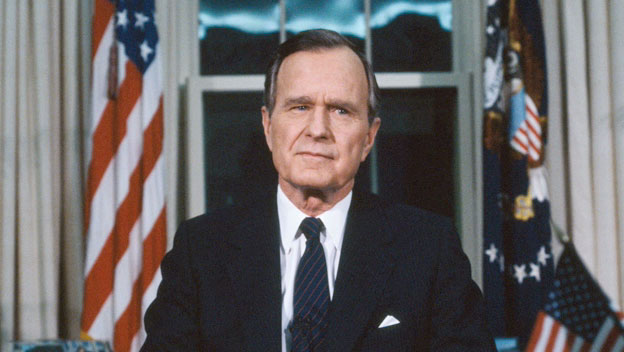On this week’s “Ted Talks Jen Talks” podcast starring me and Jennifer Marx:
Why are we talking about Trump and the WWE, is Rush really right, and which came first in ruined holidays, divorce or assholes?
Spread the good word about our podcast, or we’ll have Trump deport you.


 The curtain is about to fall on George Herbert Walker Bush, known colloquially as Bush 41, or simply 41. The patriarch is, if not exactly dying,
The curtain is about to fall on George Herbert Walker Bush, known colloquially as Bush 41, or simply 41. The patriarch is, if not exactly dying,  When it comes to politics, Americans are idiots.
When it comes to politics, Americans are idiots.

 Stipulated: David Brooks isn’t that smart.
Stipulated: David Brooks isn’t that smart.